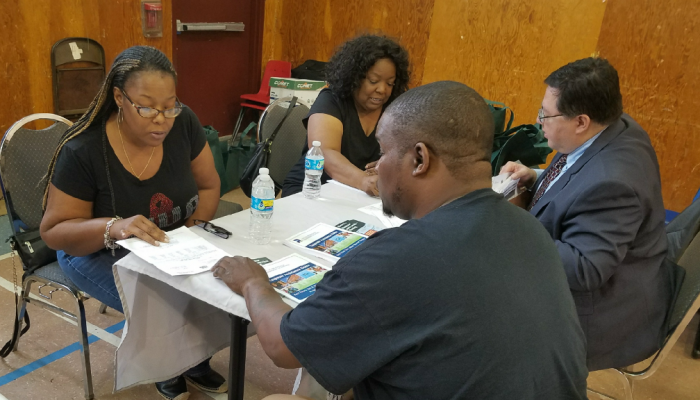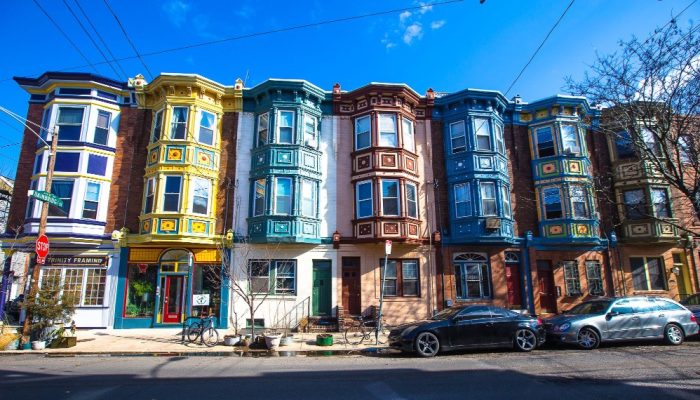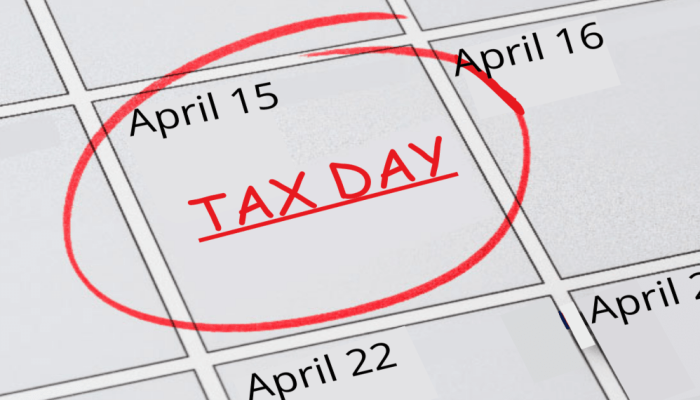On a warm evening in late May, Department of Revenue employees carted stacks of documents, laptop computers, and trays of turkey and tuna hoagies into a community center in South Philadelphia.
For the next two hours they met with more than a dozen neighborhood residents. Revenue staff keyed in information into computers live-linked to the Department’s taxpayer information system. This is not how Philadelphians usually enroll into City-run assistance programs. This “on the spot” sign-up event is part of a bold, new strategy that’s producing encouraging results.
Council President Darrell Clarke’s Office pioneered this program in North Philadelphia in March of this year. It was followed by the event in Councilman Johnson’s district a few weeks later. While Revenue signed up people for programs, the council members’ teams listened to constituents about the changes to and challenges of their neighborhood. Everyone enjoyed the sandwiches.
Six people went home that evening with a new Owner-occupied Real Estate Payment Agreement (OOPA). One person signed up for the water-bill-reducing Tiered Assistance Program, and another joined the Senior Citizen Real Estate Tax Freeze.
Breaking old barriers
The goal was to connect with neighbors who need tax or water assistance, but for different reasons, haven’t reached out for help. Indeed, around one in five homeowners in Philadelphia currently miss out on relief programs that could lower their bills.
The collaboration between the Department of Revenue and City Council members has been vital to reaching residents.
Revenue has the expertise and resources to match residents with programs, but folks experiencing financial hardship sometimes feel reluctant to approach the Department. Council members know their districts personally and have earned constituents’ trust. But their offices don’t know who’s in tax trouble, nor are they equipped to process assistance applications.
These partnerships broke old barriers, delivering assistance programs directly to the neighborhood.
Learning experience
The goal of the events went beyond tax relief. The Department of Revenue also wanted to discover the most efficient way of pulling people in. Planning started months in advance, and had little to do with what kinds of hoagies would make the menu.
The idea first surfaced at a gathering last summer. Council members, housing agencies and councilors, community organizations, and Revenue staff came together to discuss ways to expand enrollment in assistance programs. Putting services right in neighborhoods—with food to encourage participation—was widely supported.
To make the idea work, the Department of Revenue’s policy team dug into data and mapped areas of high tax debt. Based on that, Council President Clarke and Councilman Johnson’s offices picked nearby meeting places familiar to neighbors. Around 200 potential homeowners in a half-mile radius of the locations received invitations.
The team also asked: What kind of invitation will get the most people to respond? Who should invitations come from and what should they say? For the event in South Philly, both a letter and a flyer were drafted. Half of residents in the area received letters sent from the Councilman Johnson’s Office. The other half received flyers sent by both the Councilman and the Department. Everyone was encouraged to schedule an appointment before the day of the event, but “walk-ins” were also welcome.
It turned out neighbors who received the letter were more likely to show up. Eleven percent of people who received a letter invitation attended the event, compared to 3 percent of people who received a flyer. About half of participants made appointments before the event; about half were walk-ins.
The Department of Revenue wanted the events to be successful, and they were. But we also want to understand which strategies produce the best results. We’re already planning future events alongside more Council members, and refining outreach strategies that get Revenue and neighborhoods to connect.




